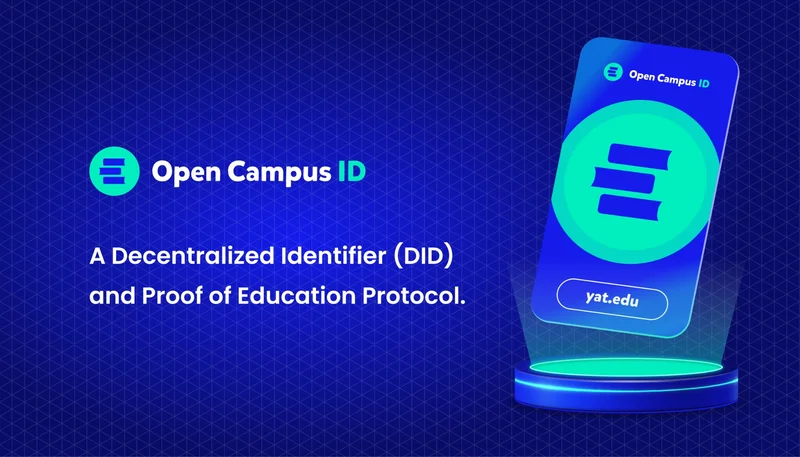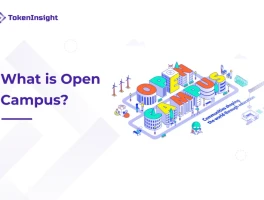For centuries, the university has been a fortress. A walled garden of knowledge, with high gates, steep tuition, and a carefully curated population. We revered it, and for good reason. It was the engine of progress, the sanctuary of deep thought. But the university of the 20th century, I’m here to tell you, is a beautiful, magnificent fossil. Its walls, both physical and digital, are beginning to crumble, and what’s emerging in their place is something far more dynamic, chaotic, and profoundly human: the truly open campus.
This isn’t just a metaphor. You can see the first cracks appearing in the most traditional of places. Look at Alabama State University, a historic HBCU, which is about to open the nation’s first-ever YMCA right on its campus. They’re calling it “CommUniversity,” a blend of community and university. On the surface, it’s a gym. But look closer. It’s a symbolic act of demolition, tearing down the invisible wall that separates the life of the student from the life of the city. It’s an invitation, a declaration that the resources and spirit of the university belong to everyone.
We’re seeing this impulse everywhere. At West Virginia University, they’re throwing the doors wide open for "Discover WVU" days. At Ithaca College, the Board of Trustees is holding open conversations with students and faculty, frankly discussing the brutal realities of budget deficits and the future of higher education itself. These are not small gestures. They are the early tremors of a massive philosophical earthquake. They signal a shift away from the institution as a secluded sanctuary and toward the institution as a porous, integrated hub. But these physical changes, as important as they are, are just the prelude. The real revolution is happening in a place you can’t see.
The Digital Campus Without Borders
Now, you’ve probably seen headlines that seem to have nothing to do with this. Something like, “Open Campus (EDU) Price Pops 15%, But Indicators Reveal Rally Could Stall.” It’s easy to dismiss this as just another blip in the volatile crypto casino, another token flashing green before it turns red. And if you’re only looking at the daily price chart, you’re right. But you’re also watching the storm on the water’s surface while completely missing the tectonic shift happening on the ocean floor.
The Open Campus protocol isn’t just a cryptocurrency; it's a blueprint for a completely new kind of educational infrastructure. It’s built on a decentralized protocol—in simpler terms, it's a system for education that isn't owned or controlled by a single company or university, but by its users. Imagine a world where educators can create content, launch courses, and connect with students globally without needing the stamp of approval from a formal institution. Imagine learners earning credentials that are verifiable, portable, and recognized based on merit, not the prestige of the letterhead they’re printed on.

When I first started digging into the concept of a truly decentralized education platform, I honestly just felt this jolt of electricity. This is the kind of breakthrough that reminds me why I got into this field in the first place. This isn’t just an upgrade to the current system; it’s a Gutenberg Press moment for education. For 500 years, the university model has been the gatekeeper of knowledge, much like the monasteries were before the printing press. They decided what was taught, who could teach it, and who was worthy of learning it. This new model smashes those gates.
So, who cares if the token price is volatile? The early days of any revolution are messy. The price charts will whip up and down, analysts will draw their lines and predict doom, but the underlying idea—the unstoppable force of decentralized knowledge—is a current so powerful it will reshape the entire landscape of how we learn, certify, and create value. The short-term speculation is just noise. The long-term signal is a revolution in the making.
What if expertise, not a degree, became the primary currency? What if a brilliant teacher in Mumbai could build a global classroom without needing the permission of a university board in Boston? This is the future that platforms like Open Campus are trying to build. It’s a future where the campus is not a place you go to, but a network you belong to.
Of course, with this incredible power comes profound responsibility. This isn’t a perfect utopia, not yet. How do we build guardrails for quality in a world without central administrators? How do we ensure this new open world doesn't just create a digital divide of a different sort, privileging those with the tech-savviness to navigate it? These are the critical questions we must ask ourselves as we build this new world. We can't just tear down the old walls; we have to be thoughtful architects of what comes next, ensuring that "open" truly means open for everyone.
The journey from the closed-off ivory tower to the open, networked ecosystem is just beginning. What ASU is doing with its “CommUniversity” and what the Open Campus protocol is pioneering in the digital realm are two sides of the same coin. They are both expressions of a single, powerful idea: knowledge wants to be free, and community wants to be connected. The old model can’t hold it back forever.
The Walls Have Already Fallen
We’re standing at a fascinating inflection point. The financial struggles of institutions like Ithaca College and the market volatility of projects like Open Campus (EDU) aren't signs of failure. They are the growing pains of a paradigm shift. We’re witnessing the messy, exhilarating process of unbundling education from its brick-and-mortar cage. The future isn't about choosing between a traditional campus and a digital one. It's about a fluid, hybrid reality where learning, community, and opportunity flow freely between both. The campus of tomorrow has no gates, no application deadlines, and no geographic coordinates. It is everywhere, and it is for everyone. The revolution won't be televised; it will be tokenized, decentralized, and live-streamed by a global community of learners who are finally in control.

